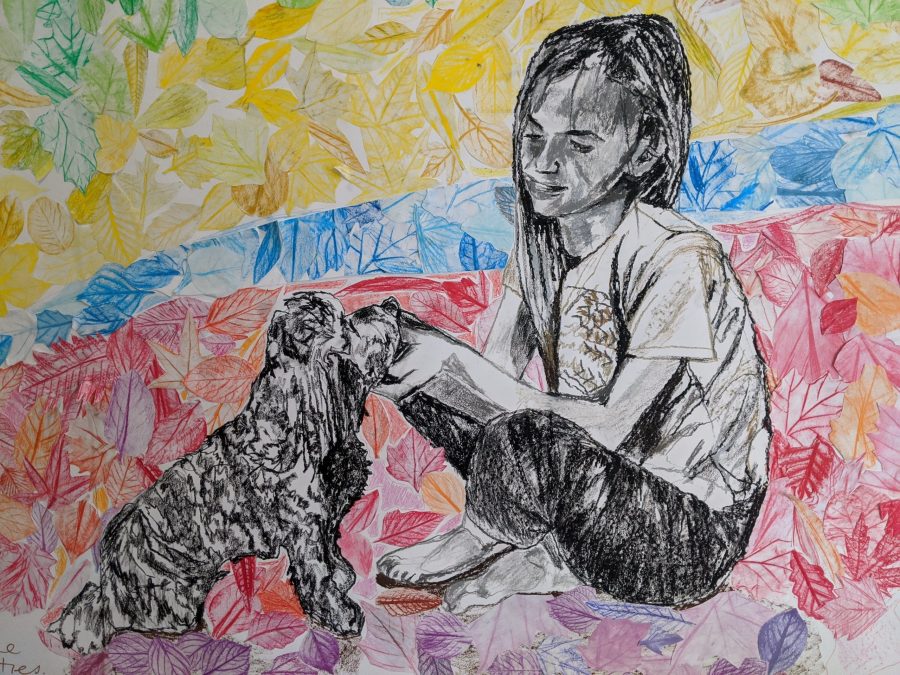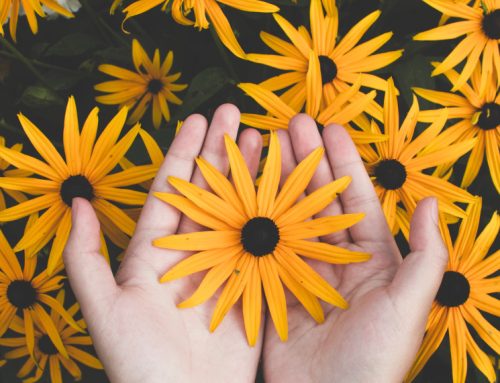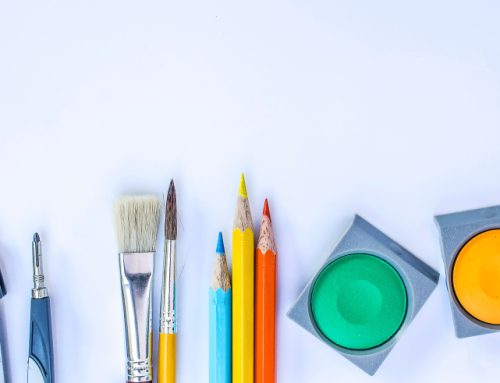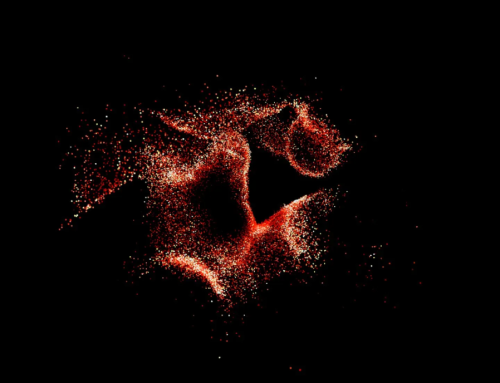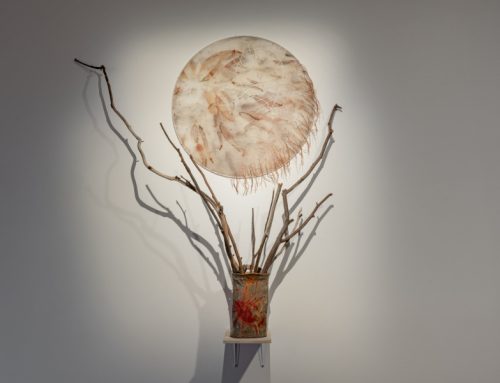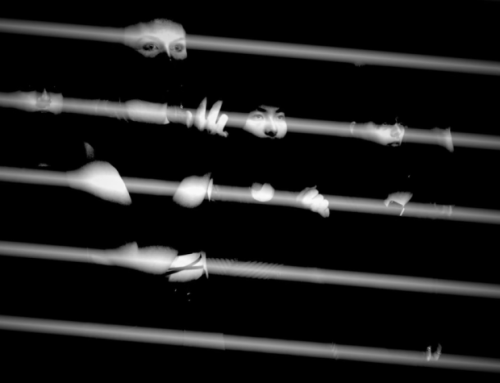Toni Hassan is an Canberra writer and visual artist with experience in public health and community development. In 2020, Toni joined a primary school in Canberra as artist-in-residence and collaborated with students to create a collage that captured their experiences with home learning and the pandemic. Students reported their emotional responses to the year and were tasked with creating leaf rubbings that reflected their feelings about the pandemic. Toni collated these responses into a visual installation, vividly and creatively capturing their shared experiences. The final product laid the groundwork for further discussion about how to process the pandemic, generating conversation within the school environment and the local community.
Art project that yields collective challenge and hope of students during a pandemic
As a parent impacted by lockdowns, I watched as my three children managed home-schooling in different ways. We all felt stuck and at times overwhelmed but the public health restrictions also ushered in deeper thinking about the rhythm of our lives and how we make meaning in a time of flux.
As an artist and writer who has worked in public health and community development I wanted to shed light, in a practical way, on the experience of lockdown for students.
Maybe there was some practical research project I could do that engaged the arts and helped young people process complex feelings about COVID-19?
I approached a primary school in Canberra’s inner north where my youngest child attends and offered to be a volunteer artist in residence for a few weeks. The principal gave me an enthusiastic thumbs up and organised an all staff meeting to explain what I had in mind.
My aim was to produce a collaborative visual artwork that reflected the year 2020 for students; capturing their feelings and hopes as the pandemic forced learning online.
First, with the support of teachers, I asked students the following questions late in 2020:
- How did you feel about the lockdown when you were doing home learning?
- What really helped you during home learning?
- In a word or two, what is the best thing about this year for you?
I also asked students to create two rubbings of leaves with colours that they thought reflected their answers. The leaves would become part of a collage but in a form that would emerge as I received the survey answers.
More than 500 students participated from Kindy through to Year 6.
Students reported common feelings during the lockdown as “sad,” “bored,” “confused,” “stressed” and “frustrated.” Some felt “scared” and the experience “really intense.” While not a surprise in many ways, the answers were an authentic record that helped validate their experiences.
There was real diversity though. It wasn’t difficult or challenging for all students. Some said they found home learning “fine” and “good” as they could spend more time with their family and stay in their pyjamas all day.
Students offered a variety of responses to the question of what helped them during the ACT-wide lockdown. They included “playing outside,” “connecting with friends on the computer.” their “parents,” “riding a bike,” and playing “video games.”
There were an even wider variety of responses to the question asking students to nominate the best thing about 2020. Many said “my teacher,” the happiness of “getting back to school,” “music,” “walking” and “the return of sports.” Some said “a new baby” or “new dog,” “having hope” and “being alive” among real heart warmers such as “running and raising money for trees,” and “seeing my friends and family safe.”
Most answers showed the value of relationships and keeping connected. Without wanting to simplify their varied experiences nor the complexity of mental health, students’ poignant responses pointed to the resilience of young people.

ACT Majura Primary School students Austin Lin and Ivy Hartwig with a TV crew talking about the social art project for a TV news report.
Using the responses, I designed an artwork that could capture the survey results and illustrate what kept them going at home.
I settled on a final composition of a nearby mountain (celebrated in the school’s name) using the frottaged leaves. It became a backdrop to a student looking into the eyes of her fluffy dog given that “pets” and “nature” were among the positive things that students said helped them during the lockdown. I added text – student responses to the survey questions around the silhouette of the mountain.
It was many volunteer hours but really satisfying. As it was taking shape on paper in the hallway near the school front office, I was asked by many passing students about its progress. They pointed to and read the text as food for thought. I was also encouraged by teachers who clearly valued the project as a way for the school community to reflect and marvel at getting through a challenging year.
The collage called Our 2020 provided a snapshot of shared experience.
Overall, I felt the project authenticated the view that art, especially social art practice, has the tremendous power to add value; to generate conversation and other modes of processing ideas, emotions and learning. It also generated some local news interest which generated pride at the school and nudged the conversation about the pandemic’s impacts into a wider domain.
